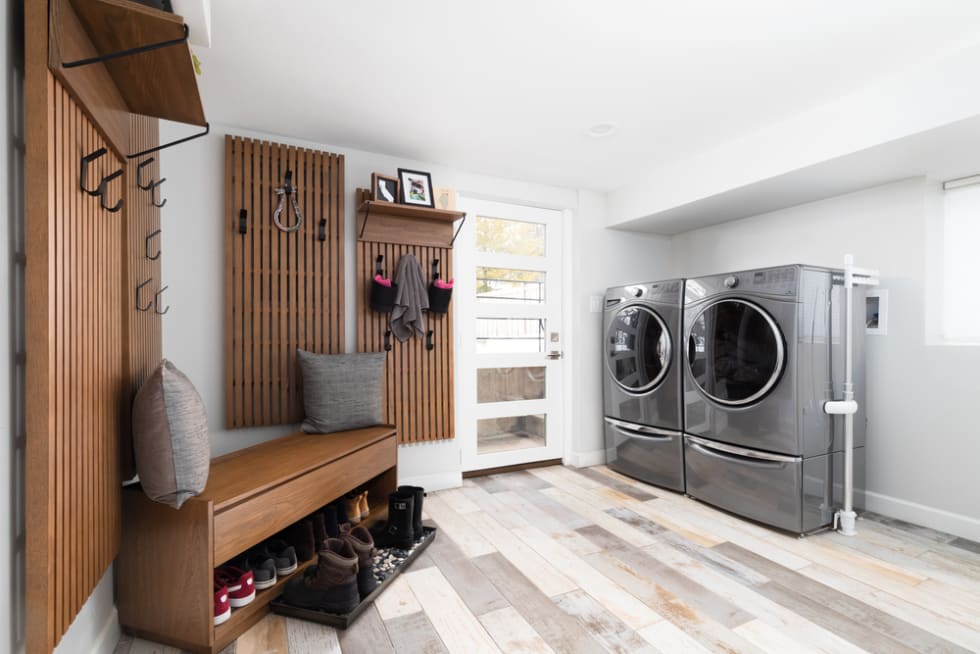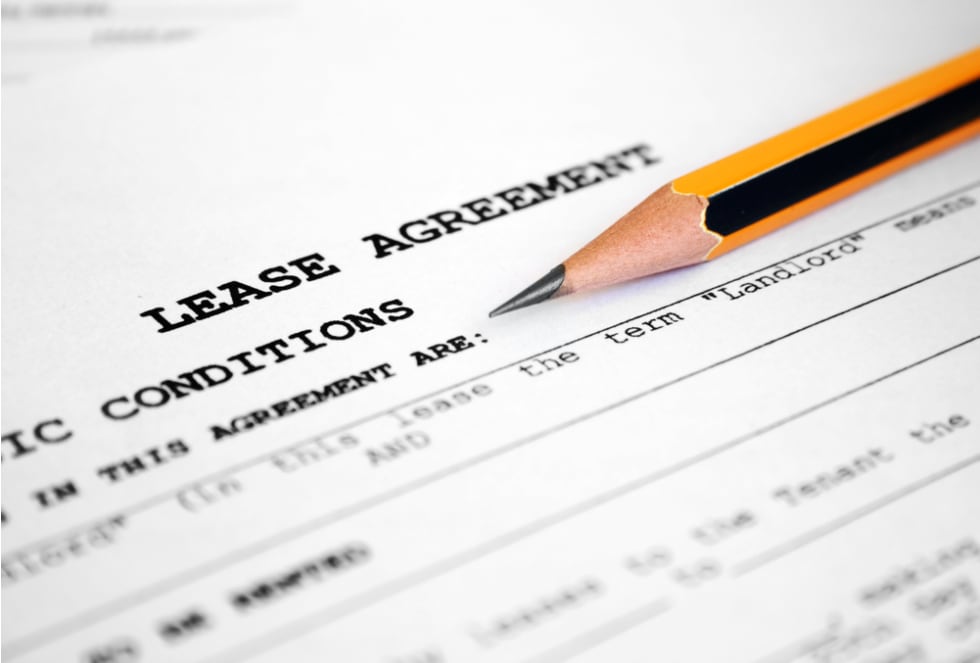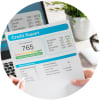How Much Should You Charge for Rent? 11 Factors to Consider

If you’re a landlord with a single rental property or an entire apartment complex, you know getting the best price for your rentals is crucial to your long-term success. Fortunately, the process of figuring out the best price for your units is straightforward. From market demand to your property’s value, here’s how to figure out how much you should charge for rent.
1. Study the Local Market
Landing on the perfect rental price is often contingent on comparable rental prices in the area. Take the time to compare your units to theirs in terms of square footage, apartment amenities, location, the number of bedrooms, and any common space or perks like on-site fitness centers and backyard gardens.
Apartment List’s National Rent Report reports on the latest rent prices across the nation.
2. Look Into Local Laws
Sometimes, it’s not as simple as figuring out what the average rent in your neighborhood is commanding. Local laws can also play a significant role in the rental price of your rental unit. Before you start advertising your next rental, study local regulations, including rent control and security deposit laws, to determine how to proceed.
3. Account for Seasonality
With few exceptions, apartment rental seasonality impacts the demand and ability to charge more. Apartments that go up for rent during the summer are the easiest to rent at the highest price. Renters are less likely to drive up demand for apartments during the winter months when people aren’t moving around. Your rental pricing should reflect the market seasonality demand to attract the most tenants.
There are a few exceptions to seasonality, however. Consider if there is a housing crunch and high demand for rentals is flooding the market. Highly competitive cities with scores of renters like New York City also experience the least seasonality. No matter what time of year it is, landlords should do their research and make sure they’re getting the best price for their apartments.
4. Get a Sense of Demand
Getting an idea of market demand requires doubling down on your efforts and going deeper into studying your local market. Start by researching what’s already available on your block and the rest of the neighborhood. An influx of homes for sale and a lack of rentals could mean the need to charge higher rental rates than you would have a few months ago.
However, tons of available rentals may require a competitive pricing strategy.

5. Consider the Amenities Included
Renters perceive some rentals as more valuable than others, even if they’re nearly identical units. Beyond a trend-setting neighborhood, tenants are eager to score the best amenities. On-site parking, in-unit laundry, security features, rooftop terraces, pools, and fitness centers are all hot amenities for which renters are likely to pay more.
If your rental property offers perks and amenities, make them look as desirable as possible to maximize your rent potential. For example, you might clean up the rooftop terrace and add planters and grills or tables. Repair any broken lights in the parking area and beef up your security features. Pools should be sparkling clean with some touches like lounge chairs. Consider swapping out old gym equipment for updated options that entice tenants to pay more rent to get fit.
6. Factor in Maintenance and Utilities
Utilities play a big part in how much rent landlords change. If your tenants pay their own utilities, you still need to look at electricity for common areas or water required to keep up with your pool and maintenance.
Some renters will gladly pay more for one flat fee that includes utilities. However, landlords should look over past utility bills and factor in an increase during inclement weather. Landlords should also assume some tenants will not conserve utilities and resources if they’re not the ones paying for them.
Beyond utilities, maintenance or repairs are also factors in how much to charge for rent. Landlords need financial reserves for emergencies and ongoing maintenance, including cleaning common areas and updating amenities. Charge more if you know you’ll need more funds to pay for immediate repairs.
7. Assess the Property Value
With so many factors to consider, it’s easy to feel lost and unsure of what to charge for rent. Take a step back and start by evaluating your property’s value. The rule of thumb is to charge anywhere between 0.8% and 1.1% of the property’s value on rent.
8. Consider What Your Current Tenants Are Paying
It’s worthwhile to consider what your current tenants are paying. If you want to drop the rent slightly to attract eager renters, you risk your tenants complaining and deciding to move out in search of a cheaper unit. However, if you haven’t raised the rent in two years or more, it may be time to set rent higher for new tenants moving in.
9. Think About Move-In Specials
If you’re struggling with figuring out what to charge for rent, you can settle on the average market value and focus on move-in specials to drive up the demand. Instead of competing over just the right price point or amenities, landlords offering move-in specials could attract more renters.
Waiving the first month’s rent or application fees is a good place to start. Or, try offering a longer lease to eager, financially stable renters is also an appealing way to lock in new tenants as quickly as possible.

10. Rethink Your Lease
Before settling on what to charge for rent, remember that not all leases are the same. A month-to-month lease usually commands more attention and demand than a traditional arrangement. Some renters will pay more to accommodate flexibility for work, deal with a job or relocation change, and figure out if they want to stick around their new city long-term.
The demand for monthly rentals can also be a win for landlords looking to charge more. The additional rent is usually necessary to cover administrative time, other risks in losing a tenant with little notice, and the high demand and low inventory on the market.
11. Account for Your Long-Term Business Goals
Market demand, property value, and local laws are all crucial to charging the right amount of rent for your rental units. However, you should also consider your long-term business goals. If you’re hoping to renovate your units, buy more rental properties, or retire early, consider how to factor rental prices into your plans.
Focusing on your long-term plans helps push you out of your comfort zone and charge what your rental properties are worth. It’s also a way to stay focused on your goals and grow your rental business accordingly.
Final Thoughts
How much you should charge for rent is relatively straightforward. Start by looking at average local rent and value, and factor in extras like your amenities and repairs. The more you research and get clear on what matters most in rental prices, the more peace of mind you’ll have that you’re getting the best return on your investment.
Share this Article



